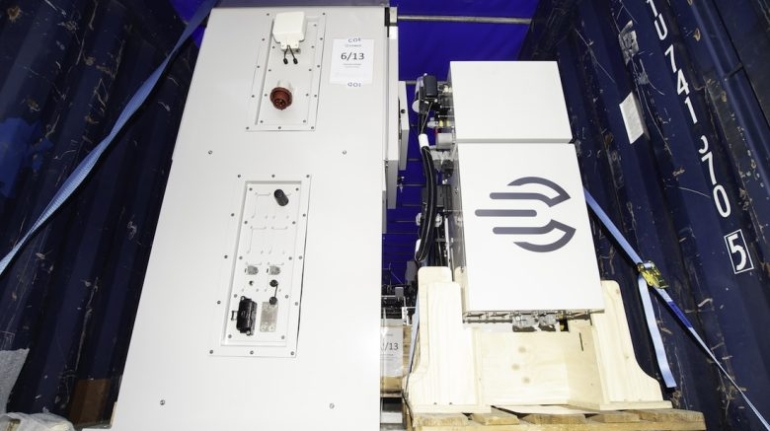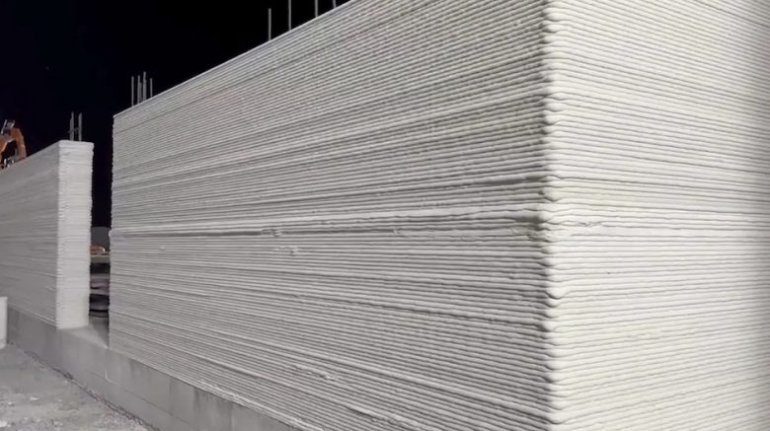Frontier Bio’s lab-grown lung tissue – a new way for future transplants and respiratory treatments
Biotechnology research company Frontier Bio has reported progress in developing lab-grown lung tissue, achieved by integrating bioprinting with the natural self-organizing properties of stem cells.





